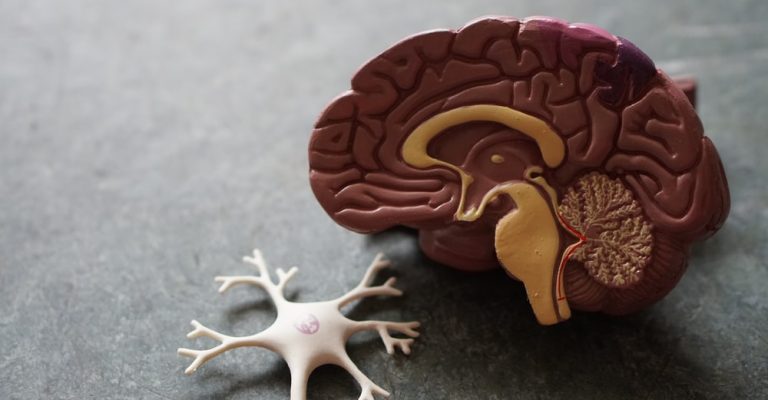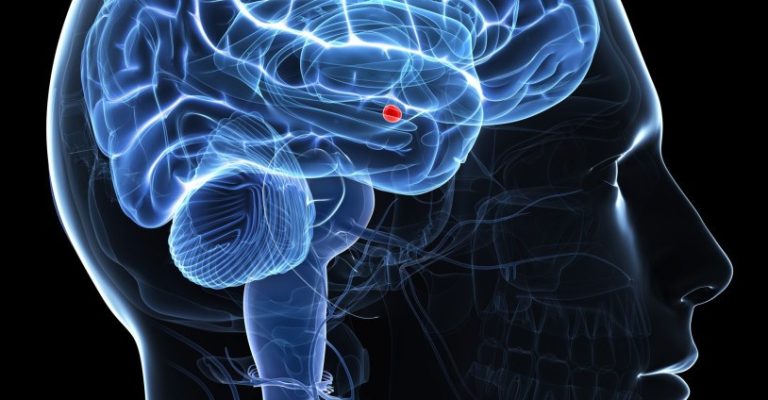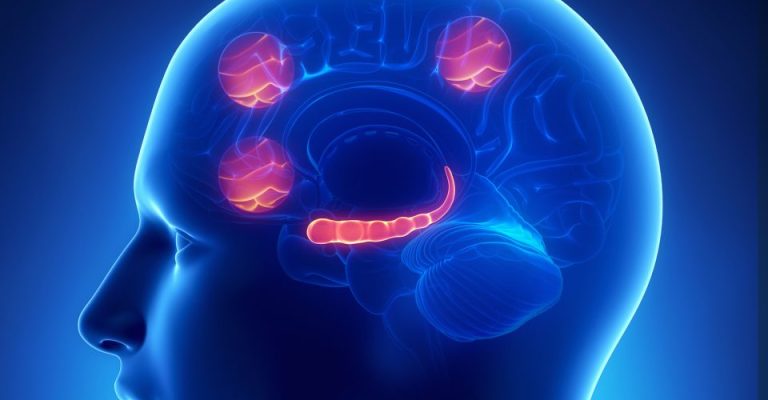
If you have ever had the chance to learn about the brain’s anatomy, you must have come across the term Amygdala. But what is the amygdala?
The amygdala, also called the corpus amygdaloideum, is a pair of almond-shaped neurons (nerve cells) located in the brain’s medial temporal lobe (the part of the brain situated behind the temples within the skull).
It is a subcortical (located deep within the brain) region of the human brain that plays a crucial role in encoding memories, particularly those associated with feelings.
It’s also interconnected with many different brain parts and involves various behaviors. Its size is positively connected with aggressive behavior across species and exhibits the most significant degree of sexual dimorphism of any brain region.
Traumatic injuries to the temporal lobe cause substantial alterations in fear responses, eating habits, and sexual behavior.
The amygdala has gained notoriety as the brain region responsible for initiating a “fight or flight” reaction. Each of the amygdala’s several nuclei is linked to and accountable for specific tasks.
The lateral amygdala is the primary location for processing sensory information from the visual, auditory, and somatosensory systems, including the senses of touch, pain, pressure, and temperature.
The central nucleus of the amygdala communicates with regions of the brainstem that regulate the expression of innate behavior and accompanying physiological responses. In contrast, the medial nucleus has extensive connections to the olfactory system (related to the sense of smell).
Neurotransmitter systems involving substances like norepinephrine, dopamine, and serotonin regulate the information flow across amygdala circuits.
The amygdala plays many crucial roles. The ability to function is diminished or lost whenever there is damage.

The amygdala is a critical structure that mediates numerous elements of emotional learning and behaviour. Anger, aggressiveness, anxiety, and fear are all emotions that can be triggered by touching the amygdala.
The primary goal is to identify potentially harmful situations so that the individual can take appropriate defensive measures or take off to safety. The amygdala’s many functions include the detection of fear, the preparation for emergencies, and the regulation of aggressive behaviour.
It helps file away experiences and feelings so you can recall them when necessary.
It also affects a person’s libido and desire to engage in sexual behaviour.
Preceding the information’s arrival at awareness regions in the brain, it can process sensory data and set behavioural reactions in motion.
In addition, it has been linked to the feelings that precede and accompany the execution of violent, maternal, sexual, and ingestive (food and drink taking) actions.
It modulates and controls a wide range of cognitive processes, including attention, perception, and explicit memory, as well as emotion and unconscious emotional memory.
Alterations in the amygdala’s structure or function have been linked to various mental diseases, including PTSD, phobias, panic disorders, depression, schizophrenia, and autism.
The symptoms of Kluver-Bucy syndrome are seen in patients with bilateral (both amygdalae affected) amygdala degeneration. The capacity to recognize faces and understand expressions may also be affected by amygdalotomy.
Injury to the amygdala often results in the following symptoms:
When remembering things, the amygdala and hippocampus are inseparable partners. The amygdala stores the sentimental value of a recollection, while the hippocampus stores the details of its setting.
Because of this, one’s memory is boosted as a whole. That could be why significant life events, like weddings, stick out in people’s minds more vividly than everyday happenings.
However, this double encoding is not possible if the amygdala is injured.
The brain may have difficulty prioritizing vital memories in such a situation. This may lead to even worse memory loss. Aphasia (loss of speech)

When the amygdala is damaged, people often feel less fear. However, the inverse is also valid on occasion. Hypervigilance in response to the dread of others has been linked to lesions on the amygdala.
Damage to the amygdala makes a person hypervigilant for any sign of danger, including subtle changes in facial expression.
The symptoms include:
Amygdala injury cannot be treated directly at this time. However, some approaches can reduce the severity of the consequences. In order of effectiveness, the top three therapies are:
You can learn to assess risks with the help of a psychologist if you have problems with impulsivity.
As your amygdala’s autonomic signals become less reliable, one way to counteract is to increase your social accountability.
Moreover, several drugs can help lessen hypervigilance and impulsivity following amygdala damage.
These medications could be worth a try if therapy alone isn’t producing desired results. Consult your medical professional or mental health care provider for specific advice.
Deep brain stimulation has shown efficacy in recent research in treating amygdala injury symptoms.
Deep brain stimulation, in particular, has been shown to alleviate the symptoms of various mental and behavioural adverse effects, such as hypervigilance.
Although effective in some cases of amygdala injury, deep brain stimulation is invasive and not a panacea. It appears to be most effective with only a particular group of symptoms. As a result, you need to see a doctor to find out if this treatment is possible.
The amygdala is not just crucial for regulating our fear response but also for a wide range of other mental processes.
Thus, amygdala damage can result in significant issues, such as impaired decision-making and emotional memories. You can alleviate the adverse effects of amygdala injury and regain your independence with the help of treatment and medication.
Understand the function of the Amygdala and its crucial role in normal brain functioning. Explore possible symptoms in case of amygdala injury and how to treat them.
Also Read: Basal Ganglia Stroke: What to Expect & How to Recover